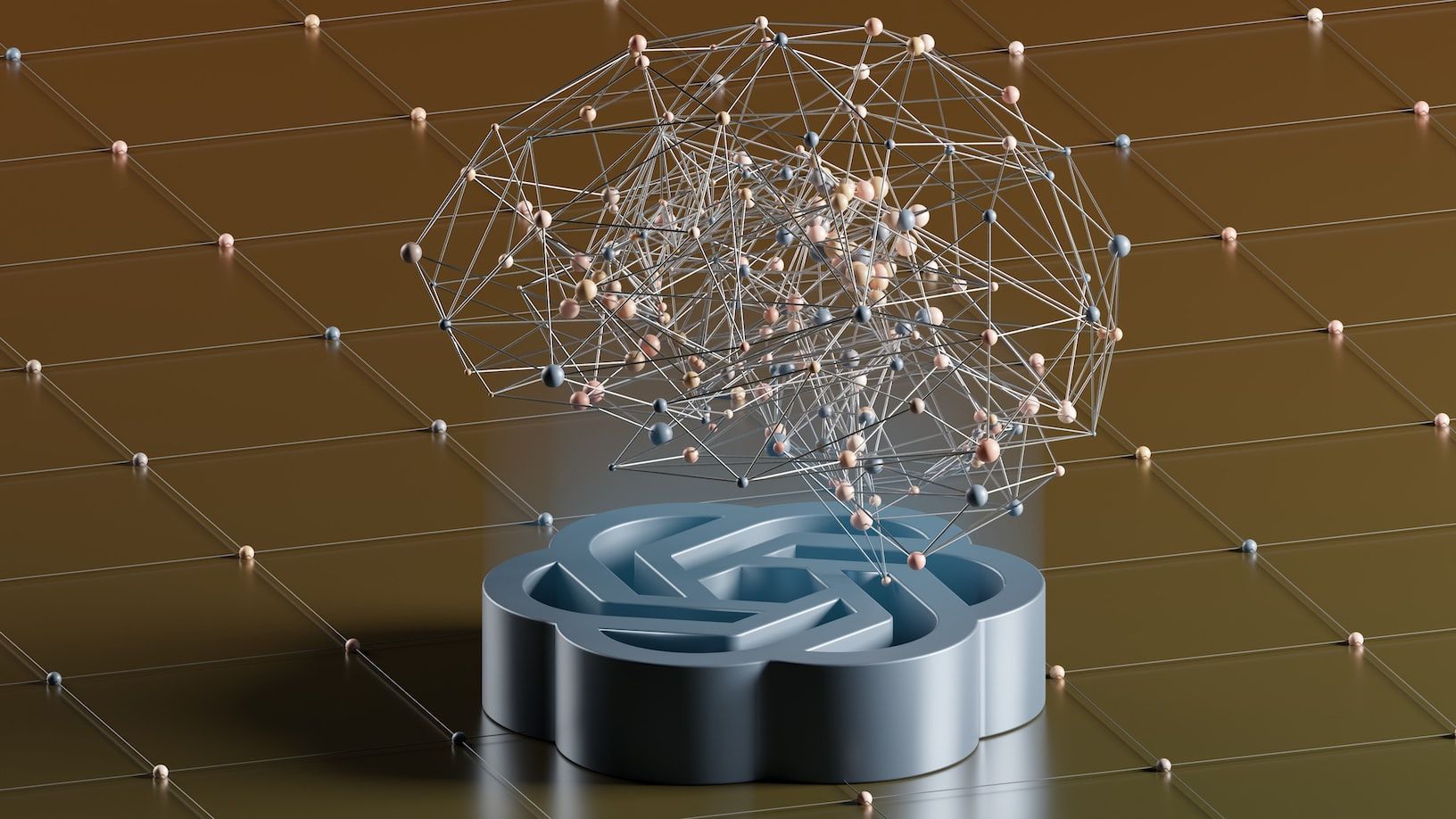Revolutionizing Language Services: Machine Learning and AI in Subtitling

The evolution of subtitling: a look at the past and present
In the past, the art of subtitling was a laborious task that required intensive manual work. Translators had to painstakingly transcribe, translate, and time each line in a film or television show. This procedure was not only time-consuming but also prone to errors and inconsistencies due to human limitations. Additionally, with the global proliferation of visual content, the demand for subtitling vastly outpaced the speed at which human translators could work. This created a significant bottleneck in the expansion of international media and content distribution.
The traditional method of subtitling was largely a time-based procedure. It involved careful timing of subtitles to match the spoken dialogue and ensure that the viewer had enough time to read the text. This procedure also required an in-depth understanding of the source and target languages, as well as cultural nuances, to create accurate and meaningful translations. Furthermore, translators had to consider the readability of the subtitles, often having to condense or simplify the dialogue to fit within the limited space and time on screen. These factors made subtitling a complex and highly skilled task.
However, the advent of technology brought about significant changes in the field of subtitling. Automated tools and software began to emerge that could perform basic transcription and timing tasks. These tools greatly reduced the time and effort required for subtitling, but they still relied heavily on human input for translation and quality assurance. The translations produced by these tools were often literal and lacked the cultural nuance and context that a human translator could provide.
Now, with the emergence of machine learning and artificial intelligence, the landscape of subtitling is undergoing yet another transformation. These advanced technologies are capable of learning and adapting, providing more accurate and contextually appropriate translations. They can procedure large volumes of data at high speeds, enabling them incredibly efficient. While they are not yet perfect, the progress in AI and machine learning holds great promise for the future of subtitling.
Understanding machine learning and ai: key concepts and applications
Machine learning and AI, or artificial intelligence, are two concepts that are often interchanged, though they are not synonymous. Machine learning is, in fact, a subset of AI. AI is a broad concept related to any machine that exhibits traits associated with human intelligence, such as problem-solving, learning, and planning. On the other hand, machine learning is a specific approach to AI that involves the creation of algorithms that allow machines to learn from and make decisions based on data.
Machine learning is the science of getting computers to learn and act like humans do and improve their learning over time in an autonomous fashion by feeding them data and information in the form of observations and real-world interactions. It uses a variety of techniques to progressively improve the performance of a software algorithm. This concept is particularly visible in services like recommendation systems, which suggest products, movies, or music based on users' past behavior.
AI, on the other hand, encompasses more than just machine learning. It includes other techniques like rule-based systems, which are designed to generate intelligent behavior based on a set of explicit rules. However, most successful AI systems today are powered by machine learning, largely because these systems can be trained on a diverse range of data.
In the context of subtitling, these technologies offer a wealth of possibilities. Machine learning algorithms can be trained on vast amounts of language data, enabling them to predict and generate accurate subtitles for a wide array of video content. AI can be used to develop sophisticated systems that not only generate subtitles but also understand and interpret the nuances of human speech, including tone, humor, and context. This makes the resulting subtitles more accurate and natural, enhancing the viewing experience for audiences around the world.
The revolutionary impact of machine learning and AI in subtitling is only just beginning to be felt. Happy Scribe's automatic transcription service, for instance, converts speech from any media file into text by using cutting-edge artificial intelligence. With an expected accuracy rate of 85%, it typically transcribes files in over 120 languages.
As these technologies continue to advance and mature, they're poised to dramatically improve the quality, speed, and cost-effectiveness of subtitling services, transforming the way we consume media in multiple languages.

The role of ai and machine learning in modern subtitling
The advent of AI and Machine Learning in the realm of language services has significantly revolutionized modern subtitling. Traditional subtitling methods, which often involve manual transcription and translation, are labor-intensive, time-consuming, and prone to human errors. In contrast, with the help of sophisticated Machine Learning algorithms, AI-powered subtitling systems can automatically generate, translate, and synchronize subtitles with high accuracy and efficiency.
AI and Machine Learning technologies, in essence, mimic human intelligence to learn from experience and improve over time. In the context of subtitling, these technologies make the most of Natural Language Processing (NLP) and voice recognition capabilities. NLP allows AI to understand, interpret, and generate human language in a valuable way. Meanwhile, voice recognition technology enables AI to convert spoken language into written text accurately, which forms the basis of the subtitling procedure.
Apart from transcription, AI and Machine Learning also play an integral role in the translation of subtitles. Traditional translation services often struggle with nuances, idiomatic expressions, and cultural context. However, with the help of Machine Learning algorithms, AI translation tools can learn from previous translations, continually improving their ability to provide contextually accurate translations. Moreover, these technologies can handle multiple languages, allowing multilingual subtitling a more streamlined procedure.
Furthermore, AI and Machine Learning technologies also ensure precise synchronization of subtitles with the corresponding audio. They can analyze the speech speed and timing in the video content, allowing the subtitles to appear at the right moment. This significantly enhances the viewing experience, especially for foreign language films or for individuals who rely on subtitles due to hearing impairments.
In conclusion, the role of AI and Machine Learning in modern subtitling is transformative. By automating and improving the accuracy of the subtitling procedure, these technologies not only save time and resources but also make audiovisual content more accessible and enjoyable to global audiences.

Advantages and challenges of using AI in subtitling
Artificial Intelligence has undeniably brought several advantages to the subtitling industry, enabling it more efficient and cost-effective. Firstly, AI has significantly reduced the time spent on subtitling. Unlike human transcribers, who require ample time to transcribe and synchronize subtitles, AI can perform the same task at a much faster pace. This increased speed not only saves time but also reduces labor costs, making it an appealing option for businesses.
Secondly, AI has the potential to offer high accuracy levels in subtitling. It can identify different speakers in a dialogue and detect punctuation, capitalization, and even nuances in the tone of voice, which can be challenging for humans. This leads to a more accurate rendering of the spoken words in subtitles, enhancing the viewing experience for the audience.
AI also provides scalability, as it can handle multiple projects simultaneously, something that would require many human transcribers. It can also work continuously without tiring, unlike humans who need breaks to maintain accuracy and concentration. Additionally, AI can learn from its errors, thanks to machine learning algorithms. These algorithms allow the software to improve over time, leading to better accuracy and efficiency.
However, despite these advantages, some challenges come with using AI in subtitling. One of the significant challenges is the inability of AI to fully understand cultural nuances, idioms, and colloquial language. This can lead to mistranslation or misinterpretation of certain phrases, potentially impacting the message's context or tone.
Another challenge is the potential loss of jobs for human transcribers. As AI becomes more prevalent in the subtitling industry, there's a growing concern that human transcribers may become obsolete. While this may not necessarily be the case, as AI can be used to assist rather than replace human transcribers, it's a concern that needs to be addressed.
In conclusion, while AI has brought several advantages to the subtitling industry, it also presents a few challenges. The key is to strike a balance between leveraging AI's efficiency and speed while maintaining the human touch that understands cultural nuances and idiomatic expressions. As the technology continues to evolve, we can expect to see a more collaborative approach where AI and humans work together to revolutionize the language services industry.

The future of language services: predictions for AI and machine learning in subtitling
As we look ahead, we can predict that the future of language services in subtitling will be heavily influenced by advancements in AI and Machine Learning. These technologies have the potential to dramatically improve the accuracy and efficiency of subtitling services, making content more accessible to global audiences.
AI and Machine Learning are already being employed to automate the process of translating and subtitling video content. These technologies are capable of learning from their mistakes, improving their performance and accuracy over time. In the future, we can expect these systems to evolve to a point where they can understand and accurately translate complex language structures, idioms, cultural references, and humor. This will result in subtitles that are not only accurate but also culturally sensitive and engaging.
Moreover, AI and Machine Learning could potentially revolutionize the speed at which subtitles can be produced. Currently, the process can be time-consuming, particularly for content with multiple speakers or complex dialogue. However, with the help of AI and Machine Learning, subtitles could be generated in real-time, opening up the possibility for live events to be subtitled instantly and accurately. This would significantly broaden the reach of live broadcasts, making them accessible to non-native speakers or those with hearing impairments.
In addition, we can expect more personalized subtitle experiences in the future. AI could be used to tailor subtitles according to individual preferences. For instance, users could specify the speed at which subtitles appear, their size, color, and even the level of detail they contain.
To sum up, the future of language services in subtitling looks bright with the advent of AI and Machine Learning. As these technologies continue to evolve and improve, we can expect to see more accurate, efficient, and personalized subtitling services. This will not only make content more accessible but also enhance the viewing experience for audiences around the world.

Niek Leermakers
Niek is a former tech journalist who swapped his pen for a Google Analytics in 2015 account and has been working in content marketing ever since. He really loves writing for Happy Scribe about media localisation and AI!